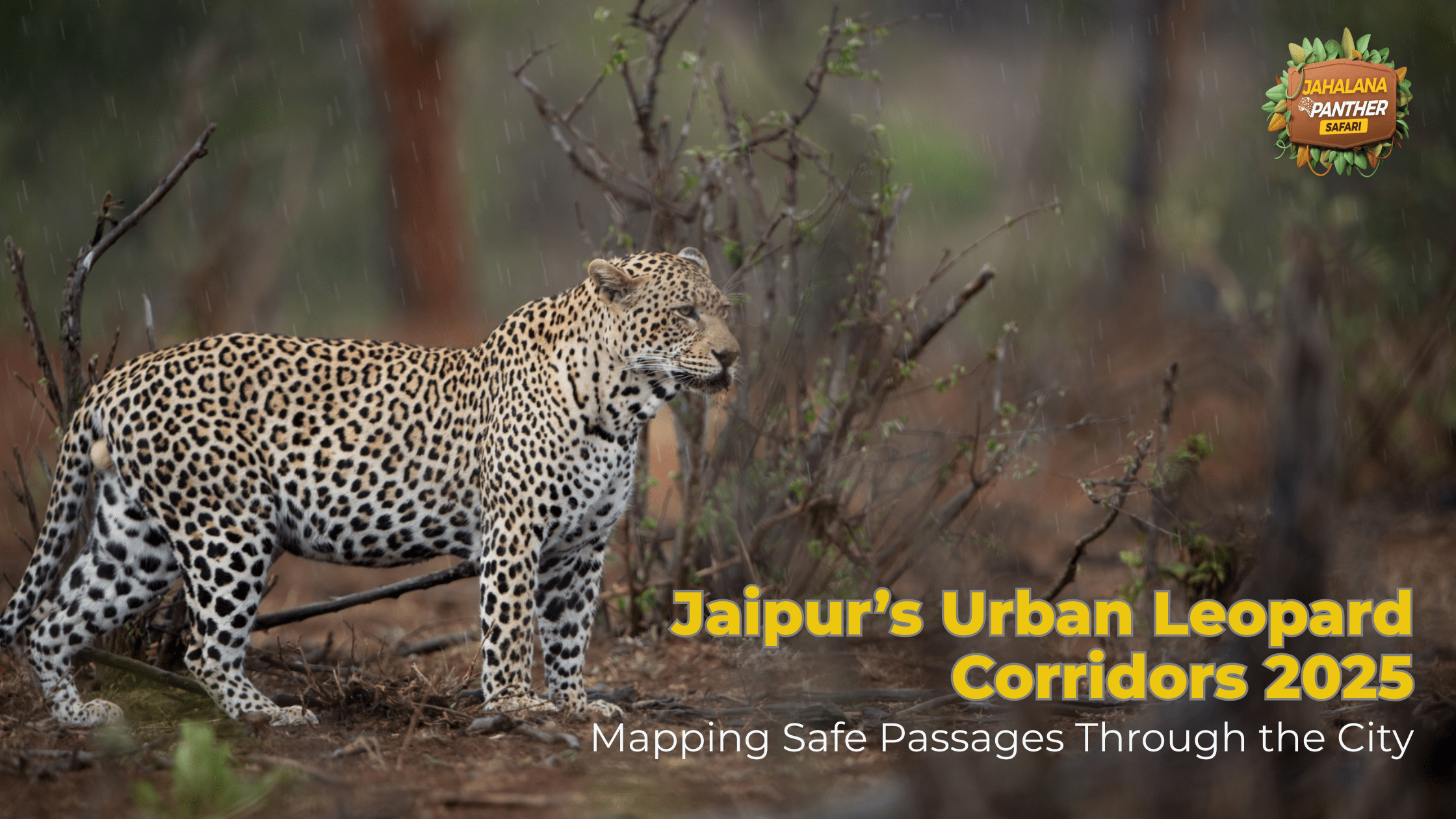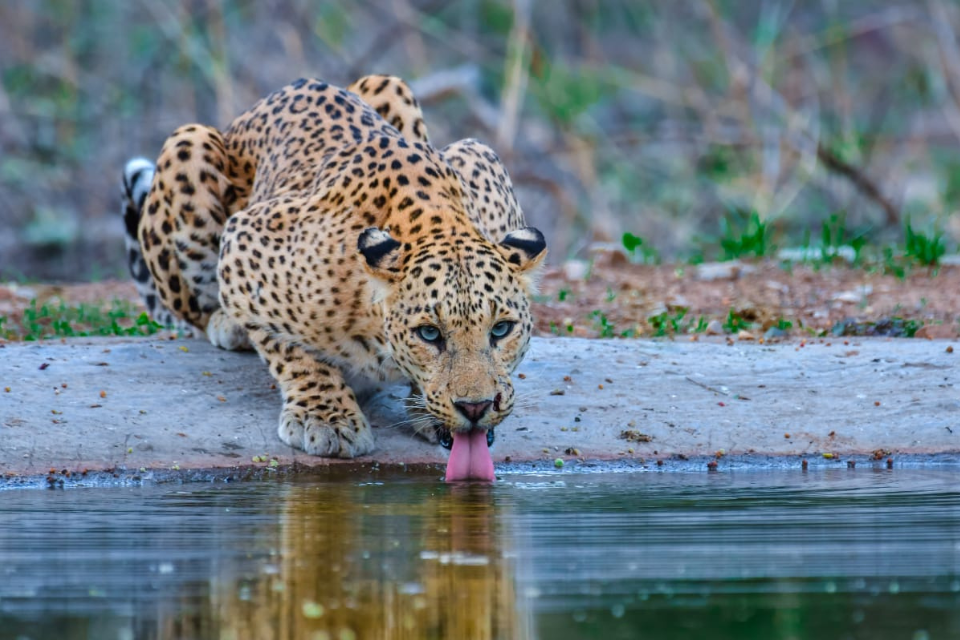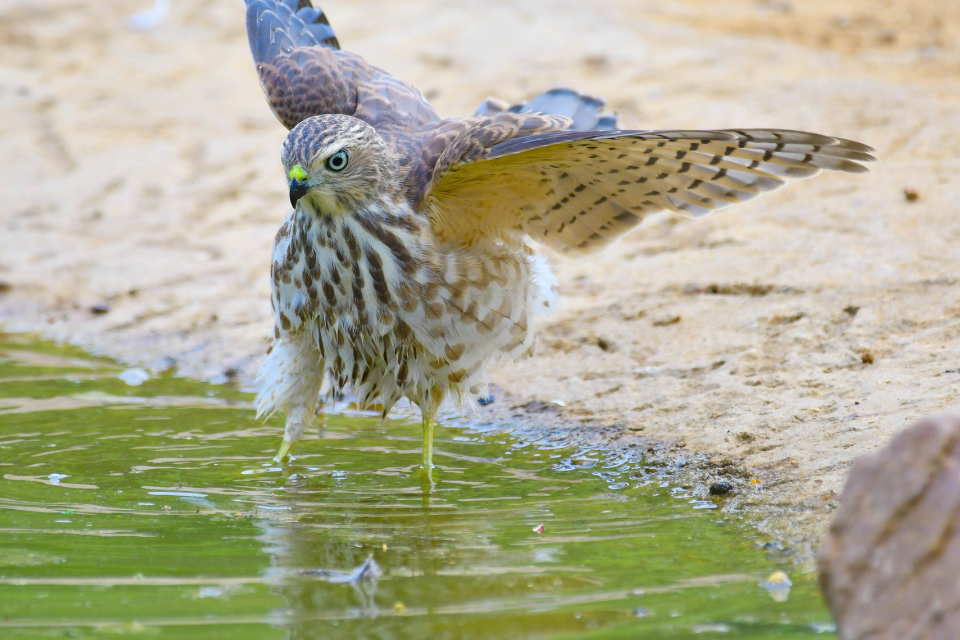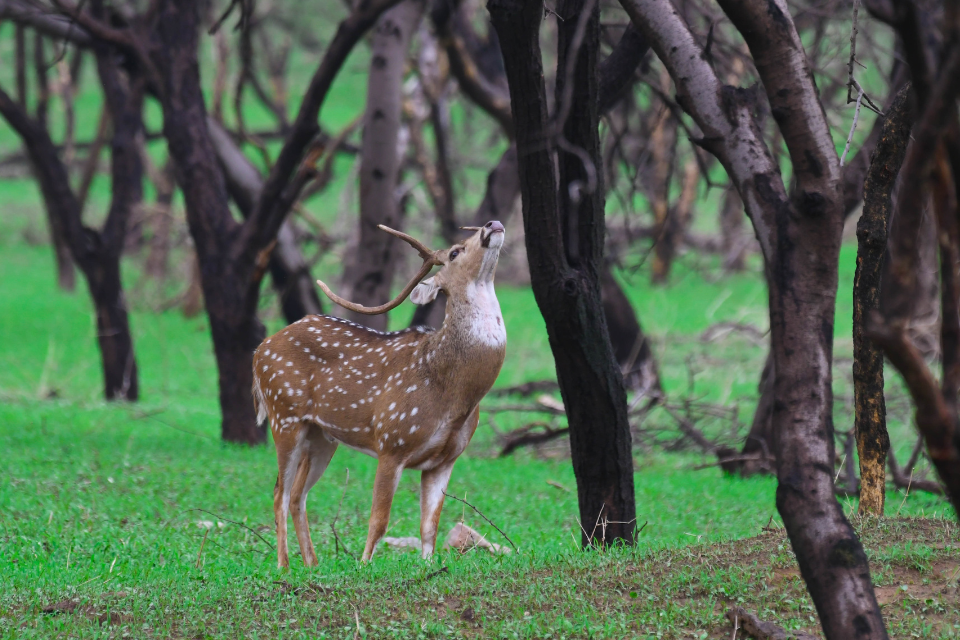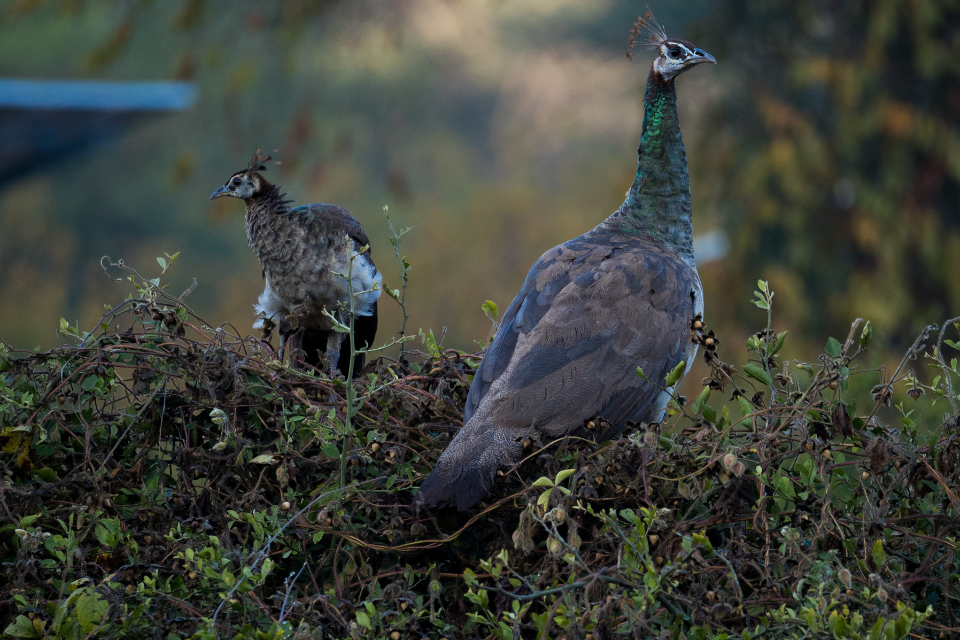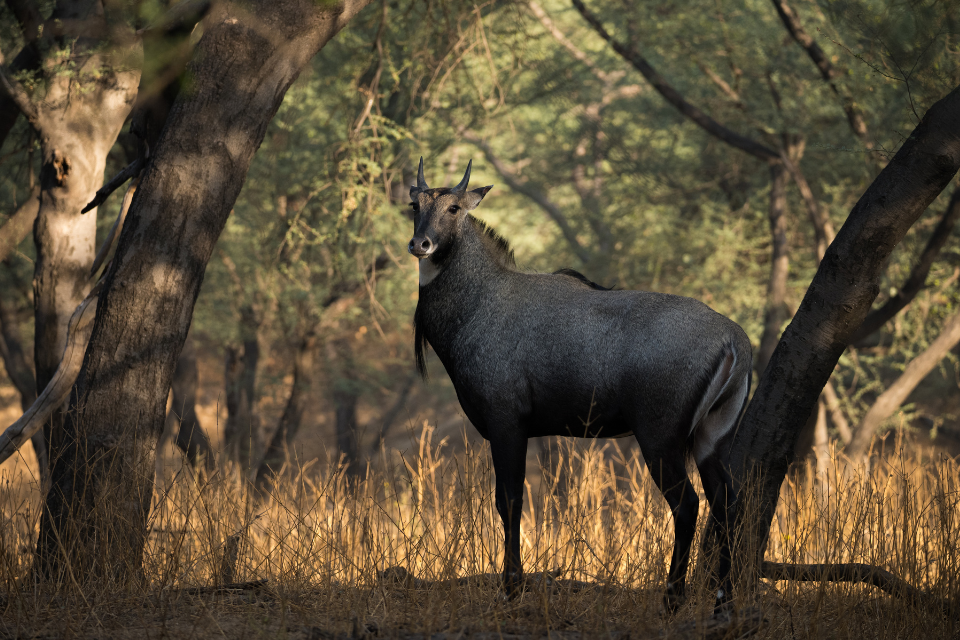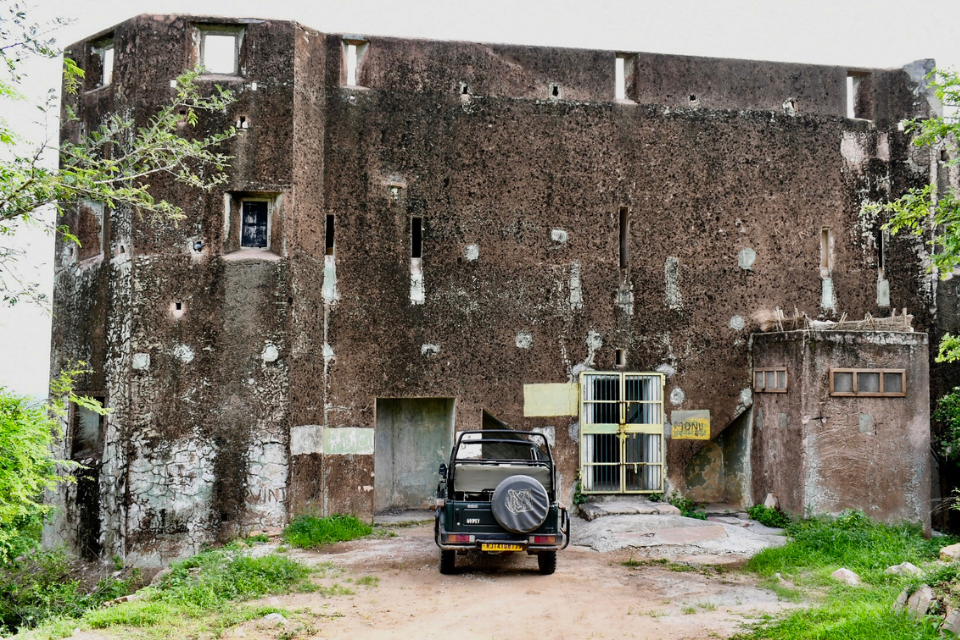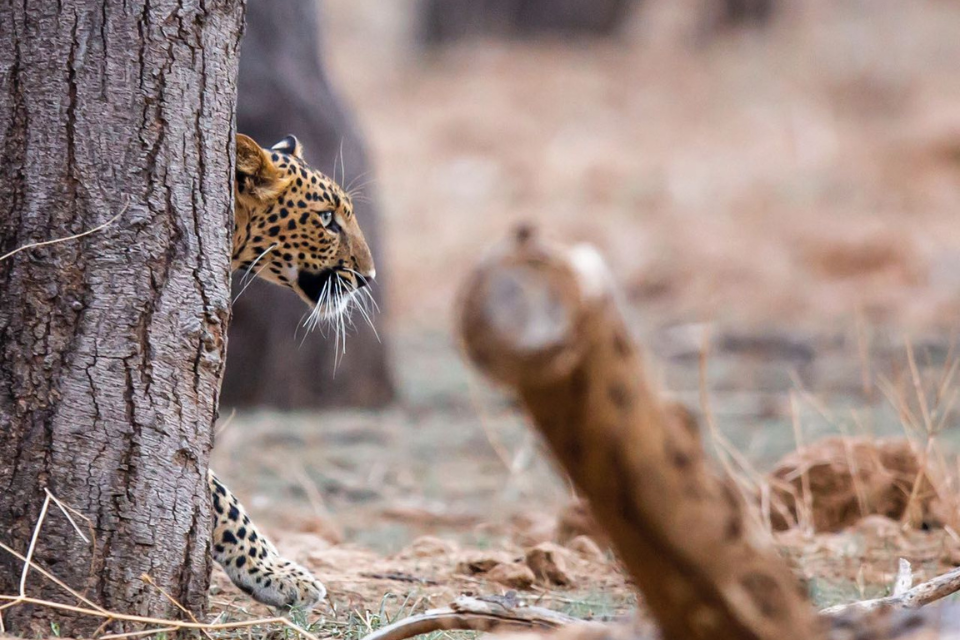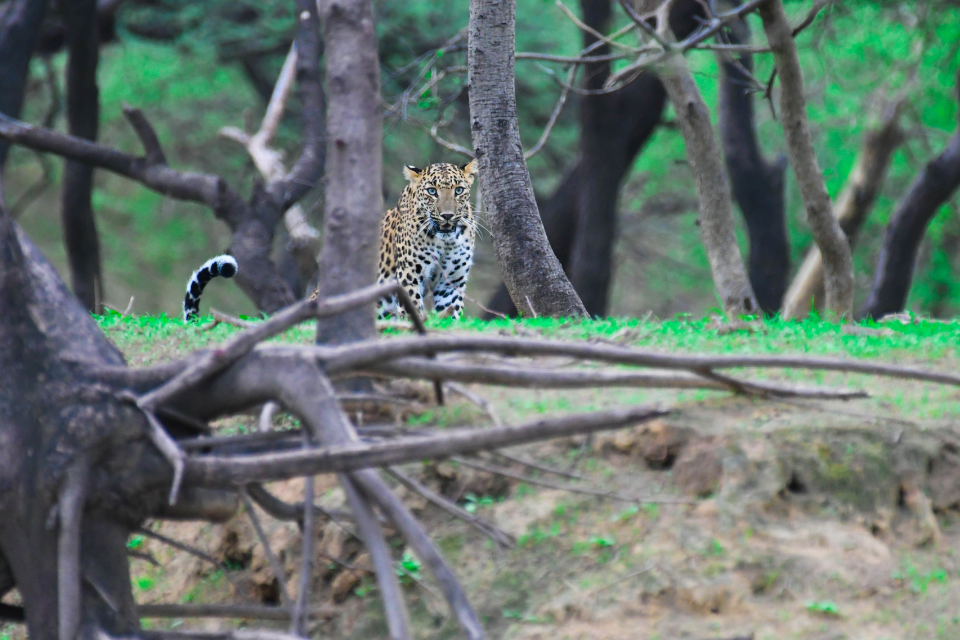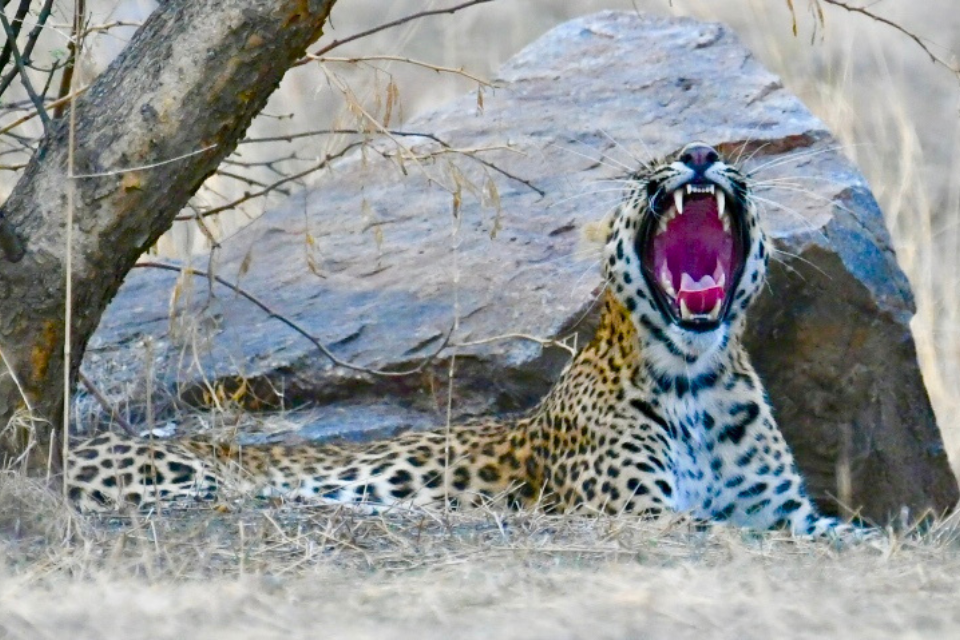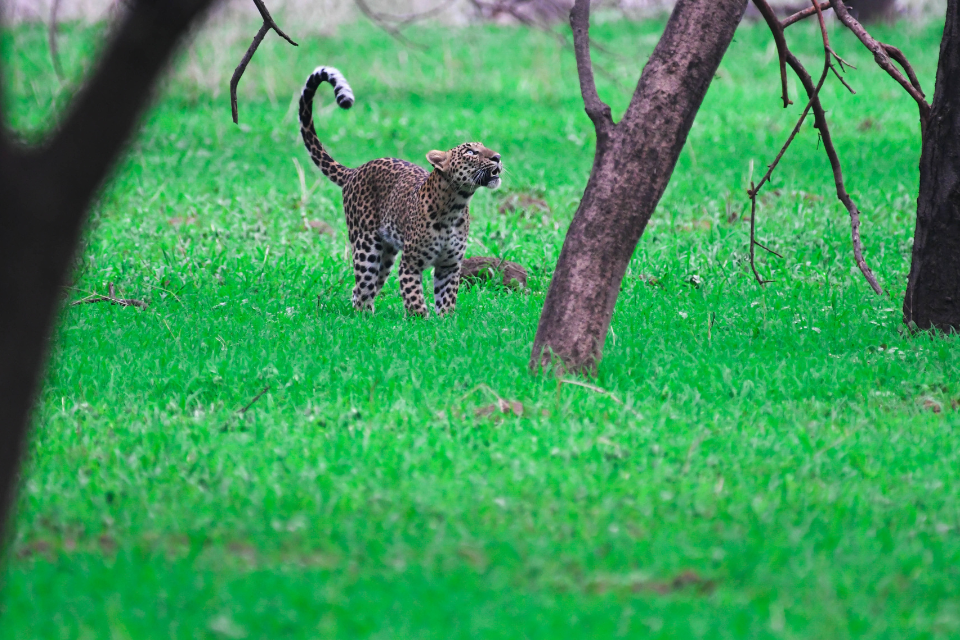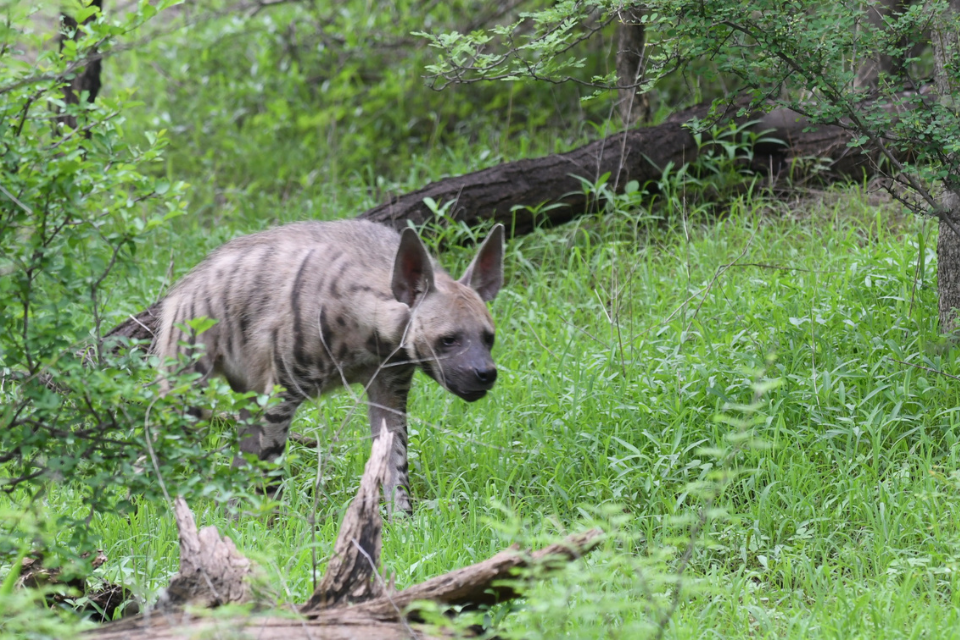- October 27, 2025
Jaipur Urban Leopard Corridors 2025: Mapping Safe Passages Through the City
Why this guide matters (2025 edition)
Jaipur is one of the few global cities where leopards live inside and around the metropolitan fabric—with Jhalana as the flagship urban reserve and Amagarh and Nahargarh forming the northern hill belt. In 2025 the story accelerated: Jaipur opened a third leopard safari zone (Maila Bagh/Beed Papad) and announced new internal routes at Jhalana, while real-world incidents reminded everyone that big cats still use city edges, nallahs, quarries and hill spurs to move. These developments sharpen a central question for a growing city: where are the safe passages (corridors) for leopards, and how do we keep both people and wildlife safe?
Snapshot: the urban leopard landscape of Jaipur
- Jhalana Leopard Reserve (≈20 km²) lies in the city’s southeast—India’s first notified leopard reserve (2017). It is famous for close-range sightings and a relatively high leopard density for an urban setting.
- Amagarh sits just north of Jhalana across the city’s transport arteries (NH-11/Agra Road belt), with scrubby Aravalli terrain. In recent years, it has been managed alongside Jhalana for landscape-level conservation.
- Nahargarh / Maila Bagh–Beed Papad anchors the north-west ridge, forming a green hill chain overlooking the city. In June 2025, Jaipur opened the third leopard safari here—Maila Bagh/Beed Papad—connecting routes toward Kishan Bagh and Ramsagar.
Why this matters for corridors: three protected “nodes” now dot the urban map—Jhalana (SE), Amagarh (NE), and Nahargarh/Maila Bagh (NW)—with built-up areas, highways and industrial pockets in between. Functional connectivity among these nodes is crucial for genetic flow, dispersal of subadult leopards, and reducing conflict.
2025 changes that affect corridors & connectivity
1) Third safari zone & northern habitat upgrades
The launch of Maila Bagh/Beed Papad (Nahargarh) adds official protection, patrolling and waterhole/grassland management to a formerly patchy mosaic. More managed habitat north of the city reduces pressure on Jhalana and creates a stepping-stone for leopards moving along the ridge.
2) New 6-km safari route inside Jhalana
A new route from the Khan (old mine) area to Neem Gatta is being added, taking the route count to four. From a corridor lens, better internal access brings more monitoring (camera traps, ranger movement) and route rationalization, which can help keep tourist traffic predictable and minimize disturbance near known crossing points at the reserve boundary.
3) Real-world dispersal incidents at city edges
In August 2025, a subadult male from Jhalana wandered into an industrial compound near Gopalpura; he was rescued and later considered for relocation to Amagarh. Such events are classic corridor signals: juveniles exploring for territory use drains, culverts, rail margins, scrap green strips—and get stuck when a path hits hard infrastructure.
4) Statewide momentum on wildlife corridors
Rajasthan’s broader corridor conversations (e.g., cheetah linkages with MP) show policy appetite for landscape connectivity, surveillance tech and inter-reserve planning—good news for urban carnivore corridors too.
Where do Jaipur’s leopards likely move? A practical map in words
While a citywide, peer-reviewed corridor map is still evolving, triangulating 2025 developments and long-term field cues points to these functional pathways:
- Jhalana ⇄ Amagarh “eastern arc”
- Natural lines: low Aravalli spurs, scrub ridges and the city’s nallah/drain system that act as cover and linear “blue-green” conduits.
- Barriers: NH-11/Agra Road and built-up industrial pockets. Priority is ensuring wildlife-friendly culverts/underpasses remain open, vegetated and garbage-free to avoid baiting leopards toward livestock and strays.
- Amagarh ⇄ Nahargarh/Maila Bagh “northern ridge”
- Natural lines: continuous hill crests, quarry edges that have partially rewilded, and forest patches toward Ramsagar and Kishan Bagh.
- Barriers: peri-urban sprawl, hill-road cuts and lighting. The new safari zone means more ranger presence to deter night movement of vehicles across green strips.
- Jhalana ⇄ River/Drain corridors ⇄ Western green pockets
- Natural lines: storm drains and seasonal watercourses that trend west and south.
- Barriers: dense housing, ring roads and continuous compound walls. This is where leopard–dog/livestock interactions have been documented in academic work on Jaipur’s leopards, underscoring the need for waste and dog-population management at edges. (Generalized from published Jaipur leopard studies.)
Note: Jaipur’s official portals confirm Jhalana’s extent (≈20 km²). The presence of three separate safari nodes in 2025 is a strong planning cue: design corridors to keep these nodes ecologically connected while making city growth safer.
Threats to corridors (and quick fixes that work)
The pinch points
- Highways & arterials: NH-11/Agra Road and ring-road sections segment habitat.
- Industrial belts & wall-to-wall layouts: They funnel animals to dead ends (e.g., Gopalpura incident).
- Open garbage & stray dog clusters: Attract prey, then leopards follow—raising conflict risk. (Supported by Jaipur-focused leopard ecology papers.)
- Unmanaged quarries & scrub: Can be good cover but also trap corridors if fenced without passages.
What helps—right now
- Wildlife-friendly culverts: Keep a few large, vegetated culverts under arterial roads open and monitored (camera traps).
- Blue-green buffers along nallahs: Re-vegetate banks; prevent hard fencing; design dark corridors with low spillover light.
- Perimeter design at new layouts: Staggered compound edges, “porous” boundary planting, and gap underpasses at known animal lines.
- Waste & dog management: Targeted programs at the urban–wild interface; it’s a corridor intervention as much as a public-health one.
Predictable safari traffic: The new Jhalana route should come with fixed timings and no-go zones near boundary pinch points to reduce disturbance at crossing hours.

2025 field updates that inform planning
- Maila Bagh (3rd safari) opens with ~15 km of tracks and ~19 leopards in the sanctuary landscape—indicating a robust northern node.
- New Jhalana route (6 km) improves patrolling and dispersion of visitor pressure.
- Leopard cub rescue at Gopalpura, likely a dispersing subadult delayed by urban obstacles—argues for mapped and signed crossing points at industrial edges.
- National science baseline: India’s latest leopard status assessment (2024 publication for 2022 data) frames big-picture numbers and the need for landscape connectivity—applies to Jaipur’s urban case too.
For residents & travelers: how to coexist safely (and help)
If you live near the hill edges / drains:
- Secure waste (bins with lids); avoid feeding strays in corridor pinch points.
- Light smartly: motion-triggered, downward-facing lights near rear lanes.
- Report sightings to the Forest Dept helpline; don’t crowd a leopard—vehicles and noise block its exit route.
- Pets/livestock: keep indoors or in secure enclosures at dusk and dawn.
If you’re visiting safaris (Jhalana, Amagarh, Maila Bagh):
- Go with registered vehicles/guides and respect no-go zones—they’re often near corridor mouths.
- Dawn/dusk are prime hours; keep voices low so animals feel safe to move.
- Never bait wildlife (no food tossing). It conditions risky behavior.
If you run a project near green edges (builder, campus, hotel):
- Ask for a corridor check in the planning stage: identify any drain/green line that wildlife uses.
- Provide 1–2 safe passages (culvert, vegetated side lane), and avoid continuous walls along nallahs.
- Incorporate native planting as screens rather than metal barricades.
Policy & planning: a 10-point corridor blueprint for Jaipur
- Publish an official “Urban Leopard Corridors Map” that marks stepping-stone habitats and pinch points (underpasses, culverts).
- Upgrade 8–10 priority culverts on NH-11/ring-road with natural substrate, ledges and camera monitoring.
- Blue-green network plan: treat main nallahs as dual-use corridors (stormwater + wildlife).
- Zonal by-laws for edges: mandate porous fencing, staggered plotlines, and dark-sky lighting near corridors.
- Industrial estate retrofits (Gopalpura-type): create “escape alleys” and signages; remove razor-wire at drainage crossovers.
- Dog-population management around corridors (sterilization, waste control).
- Traffic calming on known night-crossings: speed bumps, wildlife crossing signs.
- Data partnerships: combine safari telemetry, camera-trap data, citizen sightings for annual corridor updates.
- School & RWAs outreach: corridor etiquette (don’t block, don’t chase, report quietly).
Tourism as a funder: small cess on safari tickets (Jhalana/Amagarh/Maila Bagh) earmarked for corridor maintenance and rescue teams.
Field-ready routes for eco-visitors (responsible itinerary)
- Morning (Jhalana): licensed safari with guides who understand active territories; learn how boundary zones are managed.
- Midday (Interpretation stop): café talk or museum session on Aravalli ecology, drains-as-corridors, and why blue-green planning lowers conflict.
- Evening (Maila Bagh/Nahargarh): low-impact drive on approved tracks; discuss north-ridge connectivity and city-light spillover.
FAQs (2025)
1) Are there really leopards inside Jaipur city?
Yes. Jaipur is globally distinctive for urban leopard reserves: Jhalana within city limits, Amagarh and the new Maila Bagh/Beed Papad zone in the Nahargarh landscape.
2) What changed in 2025 for leopard tourism?
Two big updates: Maila Bagh opened as the third safari zone, and Jhalana added a new 6-km safari route to distribute traffic and improve monitoring.
3) What exactly is a wildlife corridor in a city?
A safe passage—often a drain, culvert, rail verge, or hill spur—where animals can move between habitat patches. In Jaipur, nallahs and Aravalli spurs frequently serve this function.
4) Is there proof that leopards disperse through built-up areas?
Yes—incidents like the Gopalpura factory rescue in August 2025 show subadults testing new territories via urban edges.
5) How big is Jhalana Leopard Reserve?
About 20 km², recognized officially by Rajasthan’s tourism/forest portals.
6) How does opening more safari routes help corridors?
It concentrates visitor movement on managed tracks, allowing managers to buffer boundary pinch points and monitor crossing hours with less disturbance.
7) What can residents near hill edges do to reduce conflict?
Secure waste, avoid feeding strays at the edge, keep pets indoors at dawn/dusk, and report quietly rather than crowding or chasing an animal.
8) Are Jaipur’s leopards protected by national plans?
National assessments emphasize leopard conservation and the importance of landscape connectivity—which Jaipur operationalizes in an urban context.
9) Will corridors increase leopard encounters?
Counter-intuitively, good corridors reduce conflict, giving animals predictable, vegetated routes that steer them away from homes and factories.
10) Can tourists help?
Choose registered safaris, respect quiet zones during dawn/dusk, and support operators who fund corridor work and rescues through ticket cesses.
Conclusion: a connected city is a safer city (for people and leopards)
By 2025, Jaipur’s leopard story evolved from a single urban reserve to a tri-node landscape—Jhalana, Amagarh and Maila Bagh—with real animals still probing the city’s seams. The next leap is a corridor-first city plan: keep nallahs wild and lit wisely, retrofit culverts, and design edges to be porous not impenetrable. That’s how Jaipur preserves its rare identity as a modern city with big cats, while keeping streets and industries safe.
Disclaimer All images used in this blog are either sourced from public domain or credited to their respective owners. If you are the copyright holder of any image and wish to request its removal or proper attribution, please contact us at [email protected]
